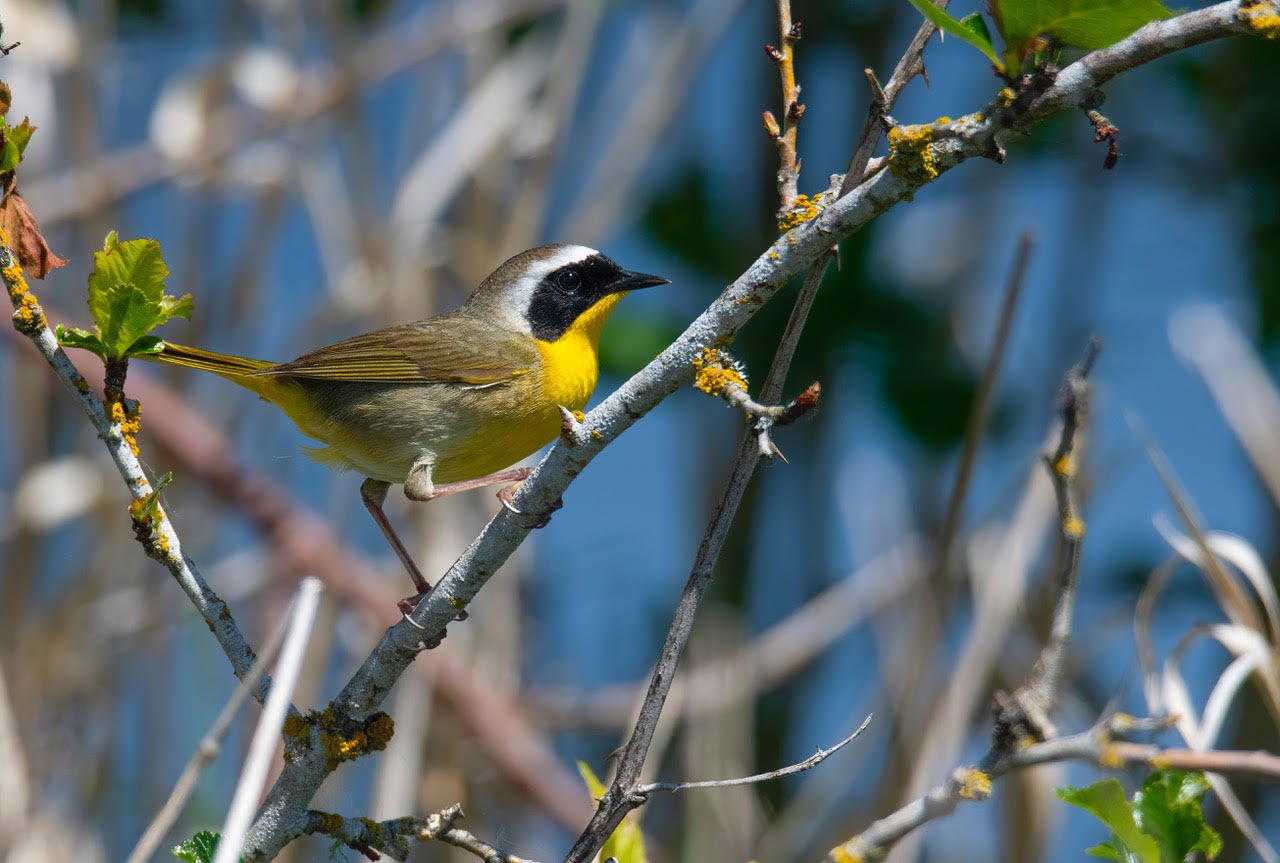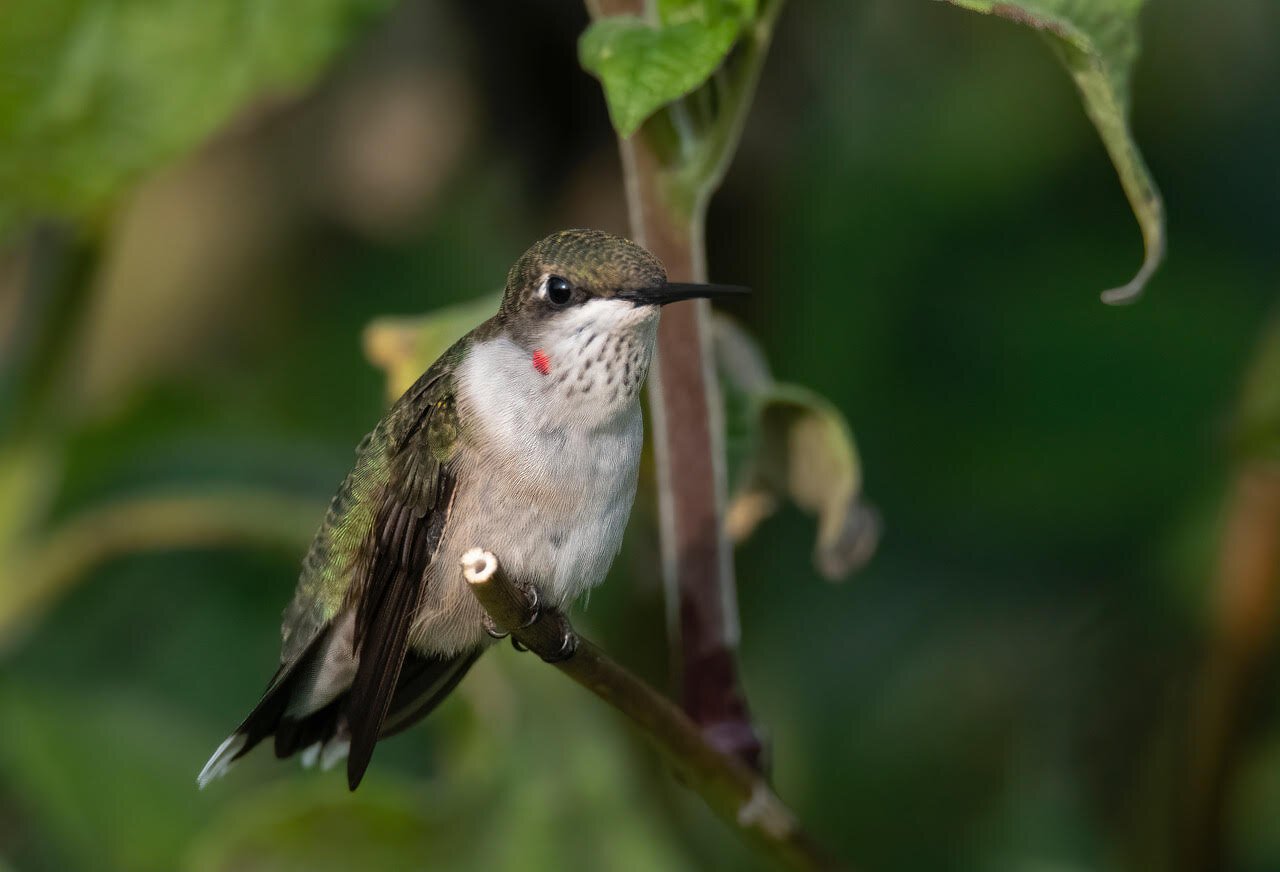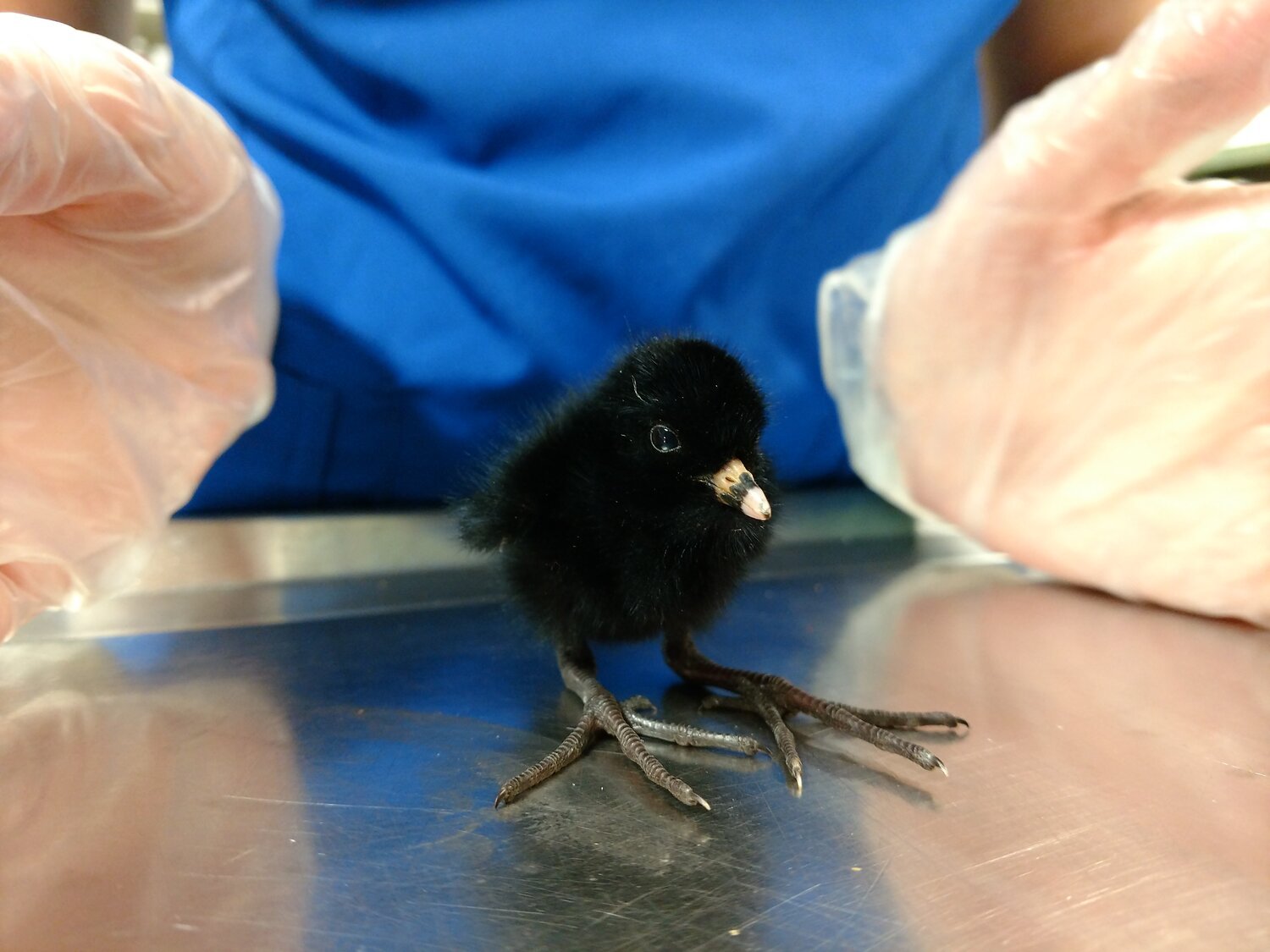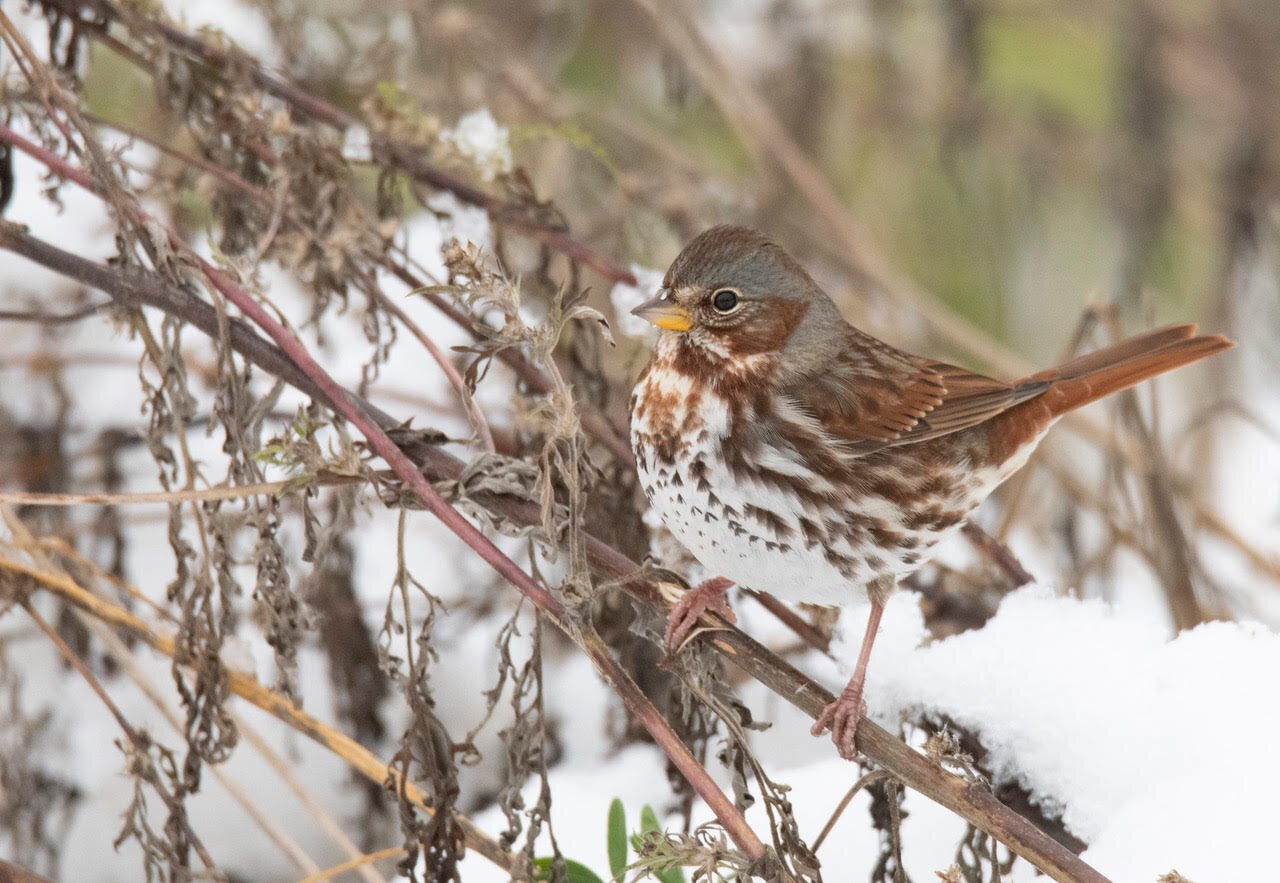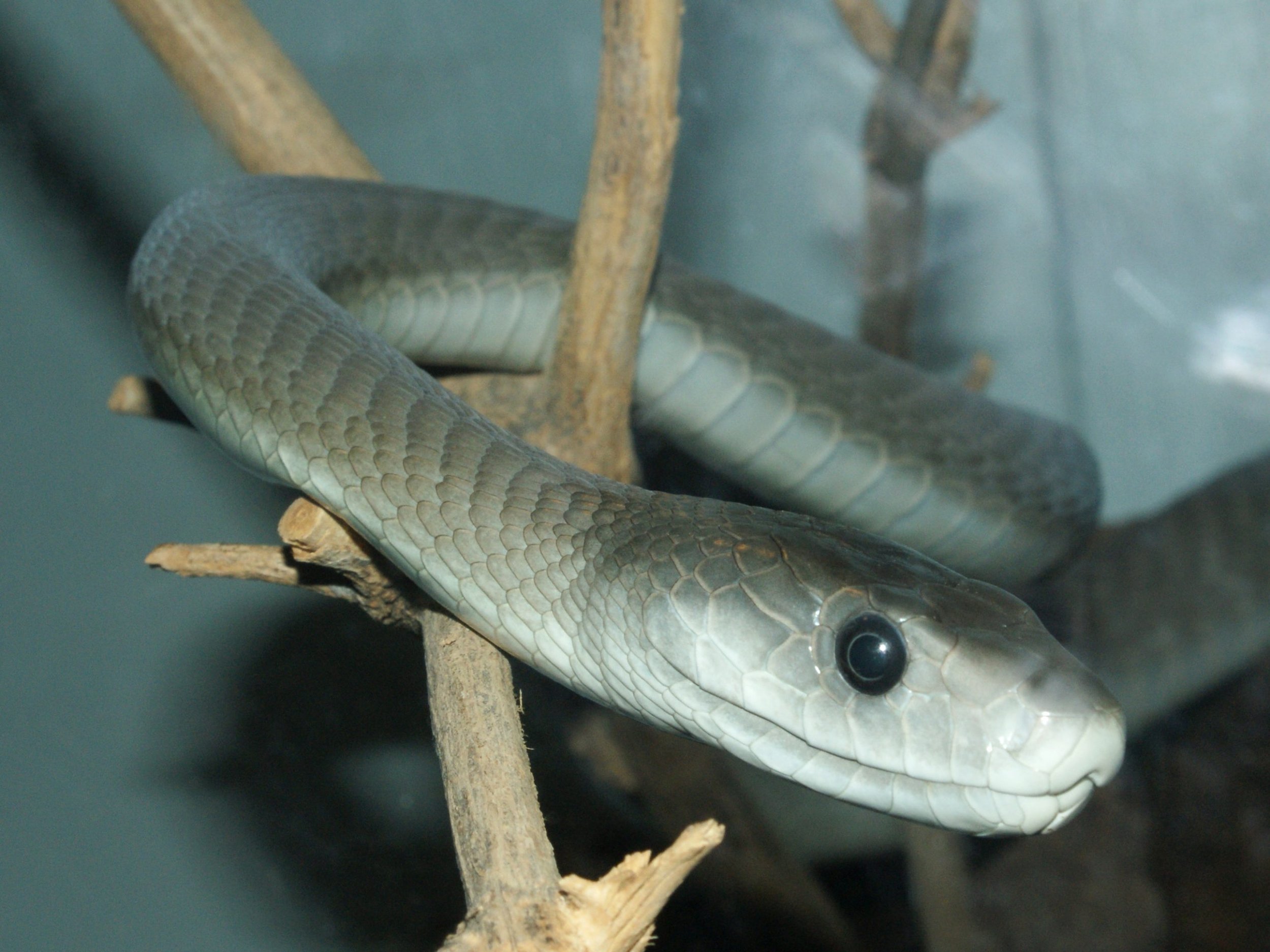Articles
Image: Keith Olstad
Attract new species of birds to your yard
It may not feel like it yet, but spring is here. Soon, millions of migratory birds will arrive in the Twin Cities. You don’t have to be an ornithologist to observe some new species of birds; you may even be able to attract some to your own yard or balcony. Here are some simple ways to increase the abundance and diversity of birds in your yard.
Image: Audubon Chapter of Minneapolis
The Sad, Powerful Science of Global Bird Collision Mapping
In an effort to collect data, rescue injured birds, and increase visibility on the issue, hundreds of community scientists around the world participated in the annual effort to monitor and document birds who collided with buildings during fall migration.
Image: Keith Olstad
Inviting Hummingbirds to Your Home: 4 Easy Ways to Help & Attract Hummers
Among the tiniest of bird species, hummingbirds are highly evolved to survive in their unique ecological niche, migrating thousands of miles each year in synchrony with the flowering of nectar-bearing plants.
Image: Wildlife Rehabilitation Center
How to Help an Injured or Orphaned Bird
As spring migration hits its peak, more and more birds will be passing through the Twin Cities en route to their summer breeding grounds. Birds encounter all kinds of threats on their journey north, and it is not uncommon to find an injured bird in need of help or medical care.
Image: Keith Olstad
Creating a Bird-Friendly Yard: A Fall Checklist
While most of the birds we enjoyed all spring and summer have moved south, fall is still a good season to make your yard a more welcoming space for birds. This simple checklist will help fortify your yard’s available food, shelter, and nesting habitat, and will be sure to attract new bird species in the spring.
Image: Keith Olstad
Tribute in Light, Birds in Flight
Every year on September 11, an art installation of 88 vertical search beams shines up into the New York sky, commemorating the Twin Towers and those lost in the terrorist attacks 19 years ago. September 11 falls right in the midst of fall migration, when thousands of birds fly from their breeding grounds to Central and South America- and light pollution is a major threat to those making their winged passage south, causing birds to become disoriented, collide with structures or die of exhaustion after repeated circling.
Image: Keith Olstad
Birding for Beginners
Curious about birds, but not sure where to start? If you have ever noticed a beautiful or interesting-looking bird and wondered what kind it was, you are already a birder. In addition to curiosity and appreciation, there are a few basic tools that can help you get out birding:
Image: Marian Weidner
Green Birding: a low carbon act of love
Despite their often earthy aesthetic and outdoorsy gear, birders may not always be deserving of their reputation as nature-loving conservationists, especially if you believe that loving something means acting in its best interest. Birding, just like any hobby, can have a negative environmental impact- every flight we take to an exotic locale, every car ride to catch a glimpse of a single rarity comes at the expense of our best efforts to limit our individual & collective carbon footprint.
Image: Keith Olstad
The Mississippi Flyway Brings birds to our city
We don’t always think of big cities as bird hotspots, except for perhaps pigeons, sparrows, and starlings. However, each year millions of birds pass through the Twin Cities when they make their round-trip journey from their breeding grounds in the U.S. and Canada to their wintering grounds in Central and South America on migratory routes called flyways. While we tend to view cities through the lens of industry and development, urban areas on migration routes play a critical role in bird conservation. City planning, design, and management contribute significantly toward migratory bird mortality rates, particularly as result of light pollution and building collisions.
Image: Wikipedia
Catching up with the author: Gareth Whiteley on snake venom and antivenom research
Venomous snakes are widely dispersed across the globe, occupying a range of habits in both terrestrial and marine environments. Each year over 94,000 people die from snakebites globally – mostly in remote, disadvantaged areas where snakebite incidence remains relatively high.
Conservation Research: Aiming at the Wrong Target?
Image: Wikipedia
Six years ago, the Convention on Biological Diversity adopted a Strategic Plan for Biodiversity, which included 20 specific goals, known as the Aichi Biodiversity Targets. In a recent PLOS Biology Perspective, Kerrie Wilson and colleagues seem to throw a bucket of cold water in the faces of those feeling optimistic about attaining one goal in particular – Target 19.
